
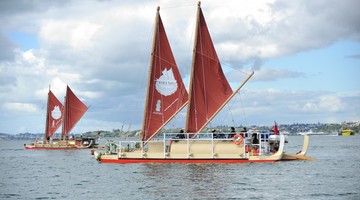
Navigator Jack Thatcher commanded the two waka hourua that sailed from Aotearoa (New Zealand) to Rapanui (Easter Island) and back. Te Aurere and its supporting vessel Ngahiraka Mai Tawhiti, known ...
READ MORE

The Waka Tapu journey from Aotearoa to Rapanui (Easter Island) and back, which closed the Polynesian triangle, was navigated without instruments. Rights: The New Zealand Maori Arts and Crafts ...
READ MORE
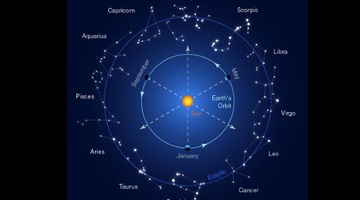
Knowledge about the apparent movement of the Sun, Moon and planets across the celestial sphere is important for wayfinding. You can estimate position and direction by observing, for example ...
READ MORE
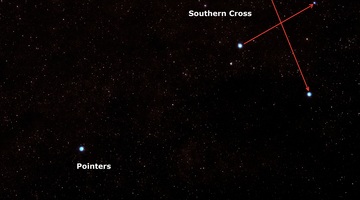
In this activity, students learn the cardinal points of the compass. They also learn how to use the Sun and star constellations – the Southern Cross and the Pointers – to identify the cardinal ...
READ MORE
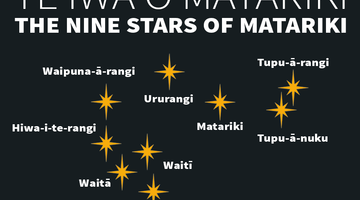
In this activity, students learn about star constellations and that various cultures have their own names and legends about them. They will appreciate that identifying constellations and ...
READ MORE

In this activity, students memorise a number of items from the star compass as wayfinding navigators would have to do. This experience may help students understand how and why wayfinders use the ...
READ MORE
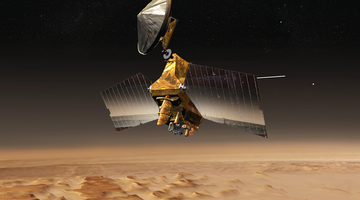
The Planet Four online citizen science project is designed to assist planetary scientists to identify and measure features on the surface of Mars that don’t exist on Earth. Help is needed to ...
READ MORE
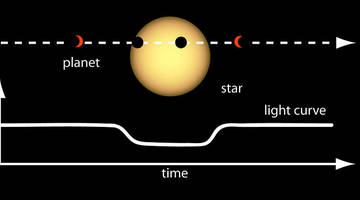
Search data from NASA’s Kepler spacecraft for the dips in star light intensity caused by exoplanets – planets that orbit stars other than the Sun. As these exoplanets pass between the star and ...
READ MORE

Help astronomers at Las Cumbres Observatory, California, study exoplanets – planets that orbit stars other than our Sun. Do this by interpreting images taken by their telescopes in Hawaii ...
READ MORE

The Science Learning Hub has lots of resources for primary teachers related to the night sky in the Planet Earth and Beyond strand of the New Zealand Curriculum. The night sky is fascinating to ...
READ MORE

The Science Learning Hub has a selection of resources that have been translated into te reo Māori and a number of resources that feature both te reo Māori and English. Our webinar Opportunities ...
READ MORE

In this recorded professional learning session picturebook expert Associate Professor Nicola Daly (co-director of the Waikato Picturebook Research Unit at the University of Waikato) discusses her ...
READ MORE
Kelvin Barnsdale explains how his hobby of building electronics that could survive in very strange environments lead to a career involving NASA. He provides ideas on how students can get involved ...
READ MORE
Dr Wolfgang Rack and Dr Adrian McDonald discuss a few of the career pathways that involve the use of satellites and remote sensing. Point of interest Satellites are used for land, ocean, crop and ...
READ MORE
Dr Wolfgang Rack of Gateway Antarctica explains the link between sea ice thickness and global climate and how he uses the CryoSat-2 satellite to measure sea ice. Jargon alert Freeboard is the ...
READ MORE

This timeline lets you see the historical developments in technology related to weather monitoring, measuring and forecasting. It also shows how scientific thinking changed over the centuries as ...
READ MORE
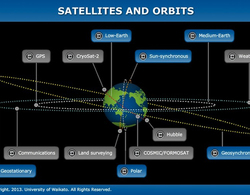
The size, orbit and design of a satellite depend on its purpose. In this interactive, scientists discuss the functions of various satellites and orbits. Accompanying fact files provide ...
READ MORE

Elements are formed deep within the cores of certain types of star. Find out more in this interactive.
READ MORE